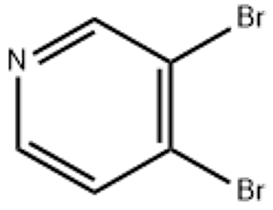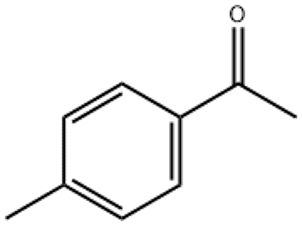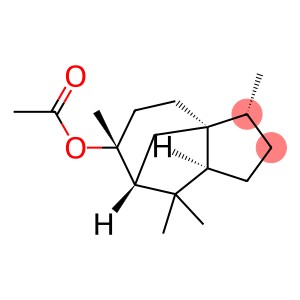3 4-DIBROMOPYRIDINE (CAS# 13534-90-2)
Risk and Safety
| Hazard Symbols | Xi – Irritant |
| Risk Codes | 36/37/38 – Irritating to eyes, respiratory system and skin. |
| Safety Description | S26 – In case of contact with eyes, rinse immediately with plenty of water and seek medical advice. S36 – Wear suitable protective clothing. |
| Hazard Class | IRRITANT |
Introduction
3,4-Dibromopyridine (CAS# 13534-90-2) is an organic compound with the chemical formula C5H3Br2N. The following is a description of its nature, use, formulation and safety information:
Nature:
3,4-Dibromopyridine is a colorless to pale yellow solid with a distinctive aromatic odor. It is soluble in organic solvents such as ethanol, chloroform and dimethylformamide at normal temperature. It exhibits a higher melting and boiling point.
Use:
3,4-Dibromopyridine has important applications in organic synthesis. It can be used as a catalyst or reaction intermediate to participate in a variety of organic reactions, such as Suzuki coupling reaction, C- C bond formation reaction, etc. In addition, it can also be used in the preparation of drugs, dyes and polymer compounds.
Preparation Method:
The preparation method of 3,4-dibromopyridine is relatively simple. One common method is to react pyridine with bromine under appropriate reaction conditions to produce 3,4-dibromopyridine. The reaction can be carried out at normal temperature or under heating.
Safety Information:
Safety attention is required when handling 3,4-dibromopyridine. It may cause irritation or damage to the eyes, skin, and respiratory system. Therefore, appropriate protective equipment such as safety glasses, gloves and protective clothing should be worn during operation. Avoid inhaling its vapor, and it is best to operate in a well-ventilated place. When disposing of waste, observe local regulations and dispose of it correctly. If you have any health or safety concerns, you should immediately turn to a professional.
Nature:
3,4-Dibromopyridine is a colorless to pale yellow solid with a distinctive aromatic odor. It is soluble in organic solvents such as ethanol, chloroform and dimethylformamide at normal temperature. It exhibits a higher melting and boiling point.
Use:
3,4-Dibromopyridine has important applications in organic synthesis. It can be used as a catalyst or reaction intermediate to participate in a variety of organic reactions, such as Suzuki coupling reaction, C- C bond formation reaction, etc. In addition, it can also be used in the preparation of drugs, dyes and polymer compounds.
Preparation Method:
The preparation method of 3,4-dibromopyridine is relatively simple. One common method is to react pyridine with bromine under appropriate reaction conditions to produce 3,4-dibromopyridine. The reaction can be carried out at normal temperature or under heating.
Safety Information:
Safety attention is required when handling 3,4-dibromopyridine. It may cause irritation or damage to the eyes, skin, and respiratory system. Therefore, appropriate protective equipment such as safety glasses, gloves and protective clothing should be worn during operation. Avoid inhaling its vapor, and it is best to operate in a well-ventilated place. When disposing of waste, observe local regulations and dispose of it correctly. If you have any health or safety concerns, you should immediately turn to a professional.
Write your message here and send it to us



![N-[(4-Nitrophenyl)-methylsulfonyl]pyryolidine(CAS#340041-91-0)](https://www.xinchem.com/uploads/N-4-Nitrophenyl-methylsulfonylpyryolidine.png)




